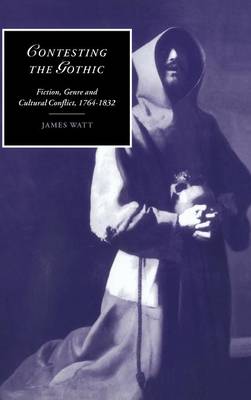Cambridge Studies in Romanticism
2 total works
James Watt's historically grounded account of Gothic fiction, first published in 1999, takes issue with received accounts of the genre as a stable and continuous tradition. Charting its vicissitudes from Walpole to Scott, Watt shows the Gothic to have been a heterogeneous body of fiction, characterized at times by antagonistic relations between various writers or works. Central to his argument about these works' writing and reception is a nuanced understanding of their political import: Walpole's attempt to forge an aristocratic identity, the loyalist affiliations of many neglected works of the 1790s, a reconsideration of the subversive reputation of The Monk, and the ways in which Radcliffean romance proved congenial to conservative critics. Watt concludes by looking ahead to the fluctuating critical status of Scott and the Gothic, and examines the process by which the Gothic came to be defined as a monolithic tradition, in a way that continues to exert a powerful hold.
How did Britons understand their relationship with the East in the late eighteenth and early nineteenth centuries? James Watt's new study remaps the literary history of British Orientalisms between 1759, the 'year of victories' in the Seven Years' War, and 1835, when T. B. Macaulay published his polemical 'Minute on Indian Education'. It explores the impact of the war on Britons' cultural horizons, and the different and shifting ways in which Britons conceived of themselves and their nation as 'open' to the East across this period. Considering the emergence of new forms and styles of writing in the context of an age of empire and revolution, Watt examines how the familiar 'Eastern' fictions of the past were adapted, reworked, and reacted against. In doing so he illuminates the larger cultural conflict which animated a nation debating with itself about its place in the world and relation to its others.

